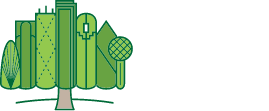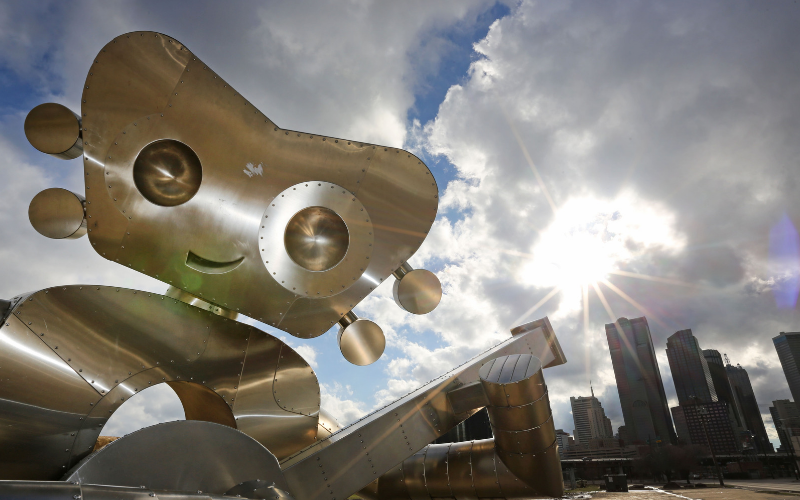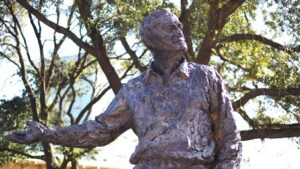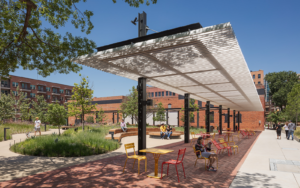The neighborhood of Deep Ellum sits just east of US 75 and about a mile from Downtown Dallas. Home to a number of music and entertainment venues — plus bars, restaurants, nightclubs and more — this bustling section of the city has its own unique identity and a rich history to boot. Learn more about how Deep Ellum came to be the music capital we know today.
The Founding of “Deep Elm”
The history of Deep Ellum can be traced back to the late 19th century, when it was settled by former slaves as a freedman’s town after the Civil War. Though the area was originally called Deep Elm in reference to Elm Street, it was pronounced “Ellum” by residents, and the name eventually stuck.
Deep Ellum was one of the city’s first commercial districts to welcome African Americans and European immigrants, and it soon became a center for industry. In 1888, Robert S. Munger, famed inventor of the system cotton gin, built his first factory along Elm Street and Trunk Avenue, expanding to other buildings until the 1910s. In 1914, another industrial giant came to the streets of Deep Ellum: Henry Ford. Ford chose the neighborhood for one of his earliest automobile plants, which would produce the famed Ford Model T.
But it wouldn’t be these titans of industry that ultimately defined Deep Ellum. It would be the music pouring into the streets.
A Music Hotspot
It was in the 1920s that Deep Ellum started to become a destination for music, specifically jazz and the blues. Within the course of a few decades, the neighborhood hosted artists like Huddie “Leadbelly” Ledbetter, Bessie Smith, Texas Bill Day, Blind Lemon Jefferson, Robert Johnson and many more. In 1933, a song titled “Deep Elm Blues” was recorded by the Lone Star Cowboys and, later, the Shelton Brothers; years later, it would even be covered by The Grateful Dead. Altogether, from 1920 to 1950, the number of nightclubs, cafes and domino parlors in Deep Ellum jumped from 12 to 20.
However, just as the Deep Ellum music scene began to reach its peak, changes in American life temporarily dampened it. As people began moving from the city to the suburbs and the growing popularity of the automobile brought encroaching highways into the neighborhood, businesses were forced to close.
It wasn’t until 1980 that Deep Ellum saw a massive rebirth in thanks to the Dallas punk scene, which helped launched the careers of musicians like Tripping Daisy and the New Bohemians. Ten years later, the music venue Trees would open its doors and begin to host nationally acclaimed acts like Nirvana, the Roots, Radiohead and more.
Deep Ellum Today
Deep Ellum is now home to over 30 live music venues in the space of only a few miles, making it one of the most densely packed and biggest entertainment districts in the state. Popular venues include a reborn Trees and Club Dada, the Bomb Factory, Adair’s Saloon, the Free Man and more.
In addition to new restaurants, bars and even a full-fledged brewery, Deep Ellum has also expanded to welcome the arts as a whole. The Deep Ellum Arts Festival celebrated its 25th anniversary earlier this month, featuring over 100 musicians on five stages, 200 visual artists and over 30 restaurants. Free to the public, it has become one of the most popular festivals in the city.
As the neighborhood continues to evolve — thanks in large part to service from the DART green line and apartment complexes that are bringing new residents into the area — the music and arts scene continues to hold strong and ultimately defines the identity of Deep Ellum.
What’s your favorite part of the Deep Ellum neighborhood? Share your thoughts with us on Facebook, Instagram and Twitter.





